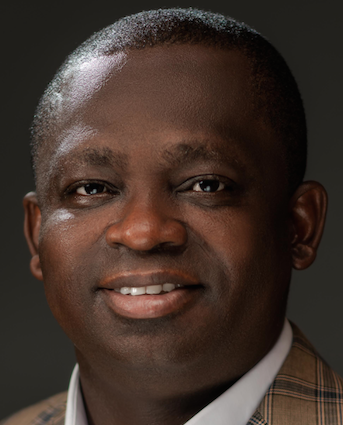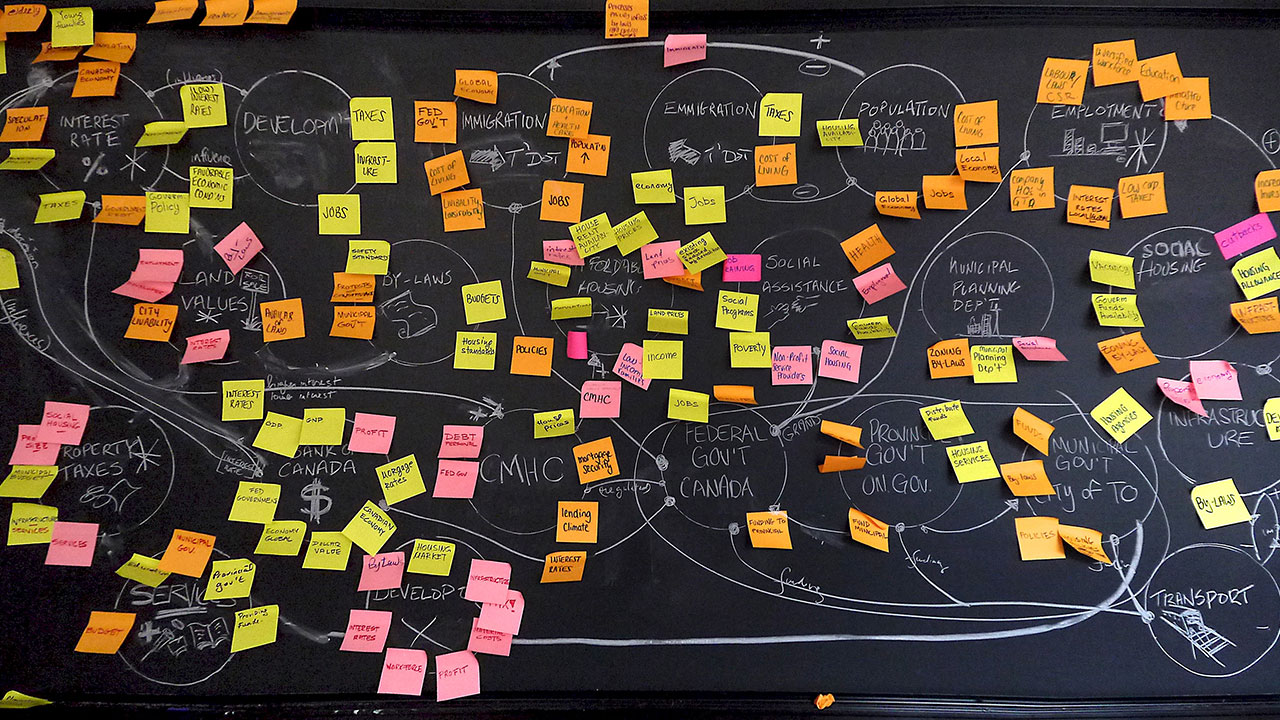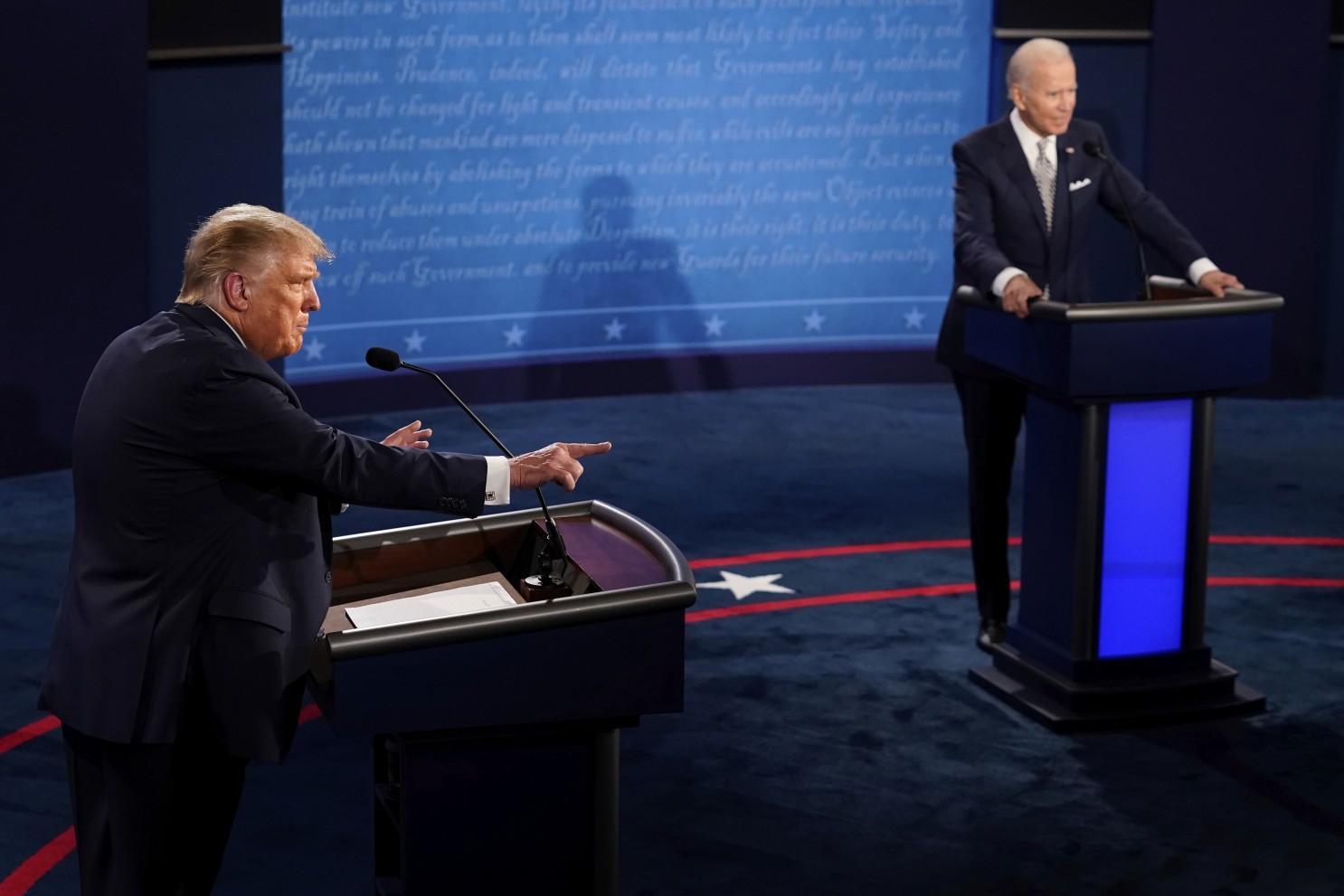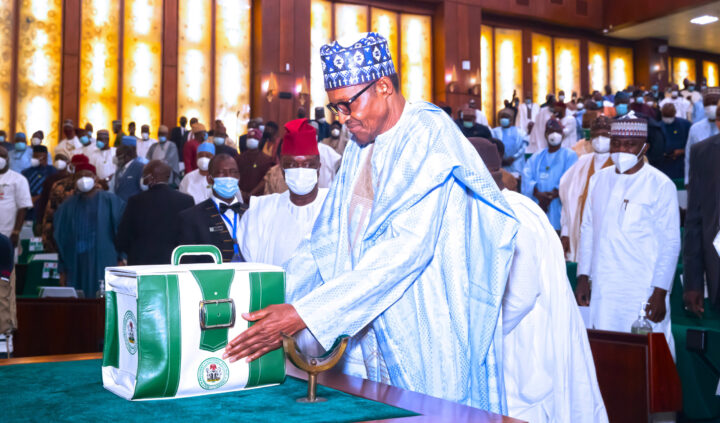The world is changing at a much faster pace than before. Whereas before, one could be content with finding a winning formula and stretching it out for decades while making a nice profit, in today’s world, many tried and tested formulae are swiftly becoming outdated.
As the world evolves, trends will change, people will adopt new ideologies, demands will change, and society will continue to adapt to a changing world.
Today’s transformational leaders must continually plan for the future as best as they can, needs to be aware of the challenges their organization and workforce will face now, as well as the challenges they will be facing a year or five down the road. Technology has become the great equalizer and as such, the great disruptor. I am sure we all know many examples of companies failing to evolve at the same pace that the world set for them. Some of these companies even find themselves to be outdated before ever properly hitting the market. Our world is rapidly changing to the point where traditional planning based on budgets and program review is no longer sufficient in itself to propel your organization into the future.
We don’t need a crystal ball to see into the future. The trends and signposts are all around us. The challenge is in knowing how to synthesize the data so that we can prepare for changing opportunities. With uncertainty and volatility affecting every aspect of our lives and organizations, it’s clear that we must address these aspects of the 21st Century. The most important leadership skill is therefore the ability to effectively manage, harness and leverage the constant change around us — and this can be done through foresight. Success in today’s business environment and society means being continually adaptive and transformative. Foresight helps us transition from a position of reactive disruption to proactive transformation. It shows us where our organization is headed, and how we can successfully arrive.
Advertisement
Every organizational, transformational leaders and decision makers, need to embrace strategic foresight now as a critical business element because it allows the business to steer into the future knowing what awaits them. Such a prediction enables your organization to visualize the complete picture and the potential consequences of its actions and inactions. It is based on the principle of planning “from the future back to the present.” It is about being at a position, say five to twenty years in the future, and understanding how and where the organization may look in that particular future, then developing strategies to meet future scenarios. It is similar to traffic signals. Before an accident occurs, nobody realizes their importance, but their significance becomes vivid once a misfortune ensues. For example, market foresight is a crucial element for many manufacturing firms. Bulk production, without predicting the future market behavior, might set back your company’s revenues.
Looking forward opens the aperture to the reality that change happens with or without our permission. We have to be future smart by thinking about what may happen in the future, and thinking about the future requires paying attention to emergent signals, consumer behaviors, warning signs and consistent changes and issues that are causing current trends. Standing in the future will help your organization create a view that is unrestricted by the present. Creating this view will help your employees align to become strategic thinkers, planners, and influencers in understanding the possibilities and anticipation in dealing with the future.
The average employees, however, cannot fathom what the future holds unless they learn how to think. Leaders should build a culture of thinking strategically and being open to different perspectives. Leaders have to encourage employees to think about the future and move beyond the comfortable routine daily status quo, which is central to being future smart and engaging in strategic foresight. Organizational leaders need to incorporate a strategic foresight framework into their organization’s culture, this will help the organization move forward with clarity, confidence, and creativity. It also help your employees develop a predictive awareness of future possibilities that will lead to better managing of trends for a sustainable future.
Advertisement
I believe that this practice opens up new insights about future possibilities, which help you to make better, and more informed decisions, develop worthwhile and achievable long term goals, together with reasonable strategies for attaining them.
A very sensible approach to incorporating these foresight methodologies into your organization’s strategy formation process are:
- Show staff and employees how to leverage their past experiences to inform the development of the future
- Encourage team members to listen and challenge all ideas that are discussed, Purposely make time for future formation meetings.
- Question your assumptions and biases, make a conscious effort to notice your own biases — question your gut reaction to news, ideas, information and people. Learn from yourself, and examine the roadblocks you’re naturally putting up. What might you be missing? What’s another perspective you can imagine? Talk to others and learn from their biases too, especially young people!
- Scan from the outside in; as a leader, you’re already seeking out news and information that might affect your work and your industry, but that’s not enough. You need to look outside of your industry to discover the ideas and innovations that might disrupt your organization — or provide a great opportunity. Pick up a magazine from an unrelated industry. Follow someone on Twitter etc,who focuses on topics you’re normally not interested in.
- Be provocative; the natural next step of scanning is to use your imagination. Challenge yourself to think of provocative implications of ideas, innovations and events. Connect the dots between seemingly disparate pieces of information. Think provocatively — as said by legendary futurist Jim Dator, “any useful idea about the future should appear to be ridiculous.” In 20, 30, 50 years, what might happen because of a trend we see today? If you are afraid to let your mind wander, you’ll never find yourself at the leading edge.
In this era of rapid and accelerating change, it is impossible to achieve true innovation without developing long-term thinking and uncovering alternative future possibilities. In today’s business environment, one filled with volatility, uncertainty, complexity, and ambiguity using strategic foresight will help leaders to better navigate unchartered waters.
Folarin is a Success Coach, Conference Speaker and Leadership Consultant. He is a doctoral Candidate at Regent University, Virginia Beach, USA, for a Ph.D. in Strategic Leadership. He is also currently the Chief Operating Officer (COO) of Daystar Christian Centre, Lagos, Nigeria. He can be reached through [email protected]
Advertisement
Views expressed by contributors are strictly personal and not of TheCable.







